Metal Extrusion:Materials,Types,Processes,Applications
Metal extrusion is a key manufacturing process in the modern industrial landscape, crucial for creating complex cross-sectional profiles from a variety of metals. This blog explores the history, definition, materials, features, processes, types, benefits, and applications of metal extrusion, offering a comprehensive understanding of its significance in various industries.
History of Metal Extrusion
The history of metal extrusion dates back to the early 19th century when Joseph Bramah patented the first extrusion process in 1797, primarily for creating lead pipes. Over the centuries, advancements in technology have expanded the applications and efficiency of metal extrusion, making it an indispensable process in industries ranging from automotive to aerospace.
What is Metal Extrusion?
Metal extrusion is a manufacturing process where a metal billet is forced through a die, resulting in a product with a continuous profile. The process involves significant deformation of the billet, transforming it into desired shapes with precision.
Materials Used in Metal Extrusion
Metal extrusion is versatile, allowing for a wide range of materials to be processed. Common materials include:
Aluminum: Widely used due to its lightweight and excellent corrosion resistance.
Copper: Preferred for its electrical and thermal conductivity.
Steel: Used for high-strength applications.
Magnesium: Valued for its lightweight properties.
Brass: Known for its malleability and corrosion resistance.
Features and Specifications of Metal Extrusion
High Precision: Ability to produce intricate cross-sectional profiles with tight tolerances.
Surface Finish: Capable of achieving high-quality surface finishes.
Strength and Durability: Enhanced mechanical properties due to work hardening.
Cost-Efficiency: Economical for producing large quantities of parts.
Metal Extrusion Processes
Direct Extrusion: The billet and the ram move in the same direction. Common for producing long continuous lengths.
Indirect Extrusion: The die moves towards the stationary billet, reducing friction and improving material flow.
Hydrostatic Extrusion: Involves a fluid medium, applying pressure uniformly across the billet.
Impact Extrusion: High-speed process ideal for producing thin-walled components.
Cold Extrusion: Performed at room temperature, suitable for producing high-strength components.
Hot Extrusion: Conducted at elevated temperatures to reduce material resistance and increase ductility.
Processing Types of Metal Extrusion
Hot Extrusion: Suitable for metals like aluminum and copper.
Cold Extrusion: Used for high-strength metals like steel and magnesium.
Direct Extrusion: Common for producing simple shapes.
Indirect Extrusion: Preferred for complex shapes with better material properties.
Hydrostatic Extrusion: Ideal for brittle materials.
Benefits of Metal Extrusion
Versatility: Can produce a wide range of shapes and sizes.
Efficiency: High production rates and material utilization.
Strength: Improved mechanical properties due to work hardening.
Cost-Effective: Economical for mass production.
Applications of Metal Extrusion
Automotive: Structural components, chassis, and engine parts.
Aerospace: Aircraft frames, fuselage, and wing components.
Construction: Window frames, beams, and structural elements.
Electronics: Heat sinks and enclosures.
Consumer Goods: Furniture, sporting goods, and appliances.
Conclusion
Metal extrusion remains a cornerstone of modern manufacturing, providing unmatched versatility, efficiency, and precision. Understanding its history, processes, and applications underscores its importance in driving innovation and efficiency across various industries. As technology continues to evolve, metal extrusion will undoubtedly play a crucial role in shaping the future of manufacturing.

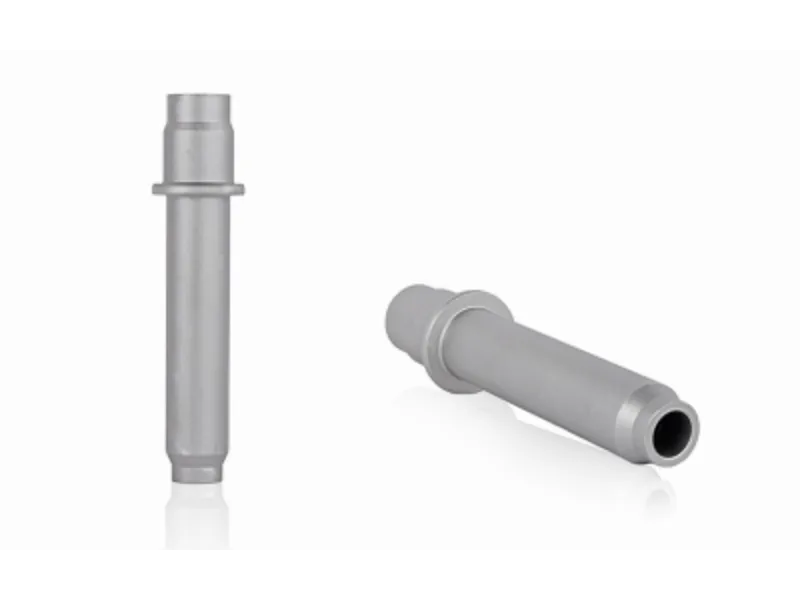
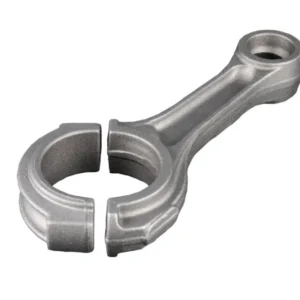
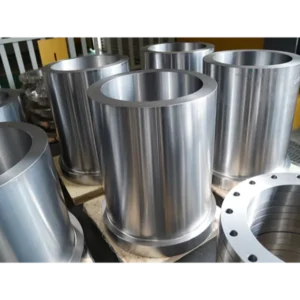
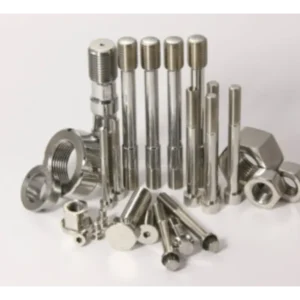
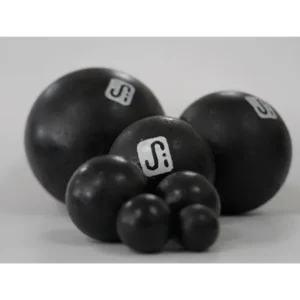
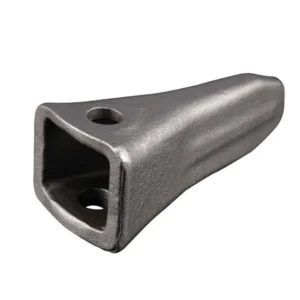
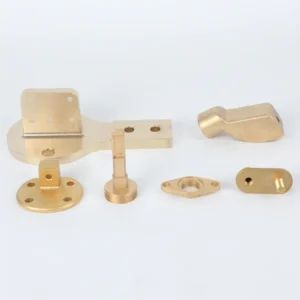
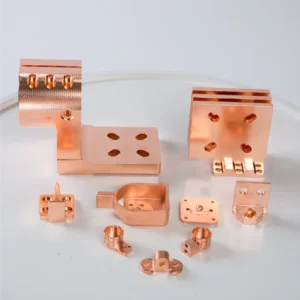
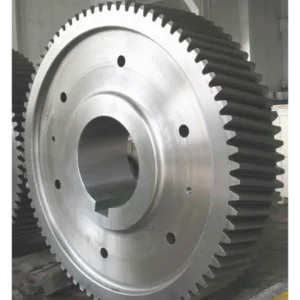
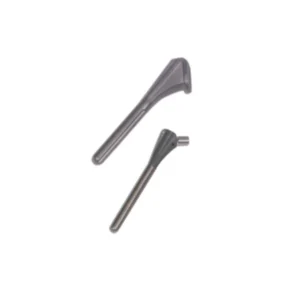
Reviews
There are no reviews yet.